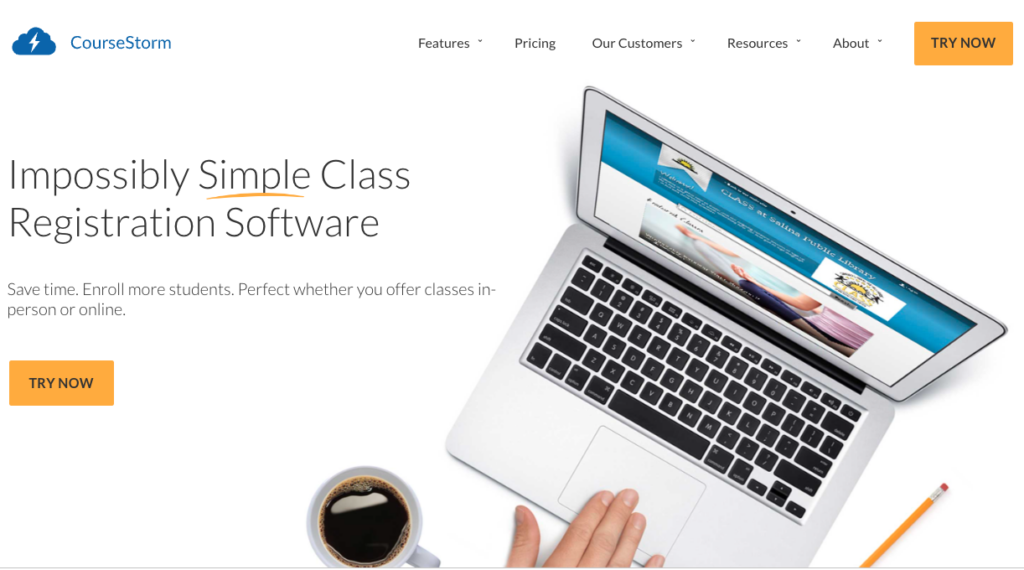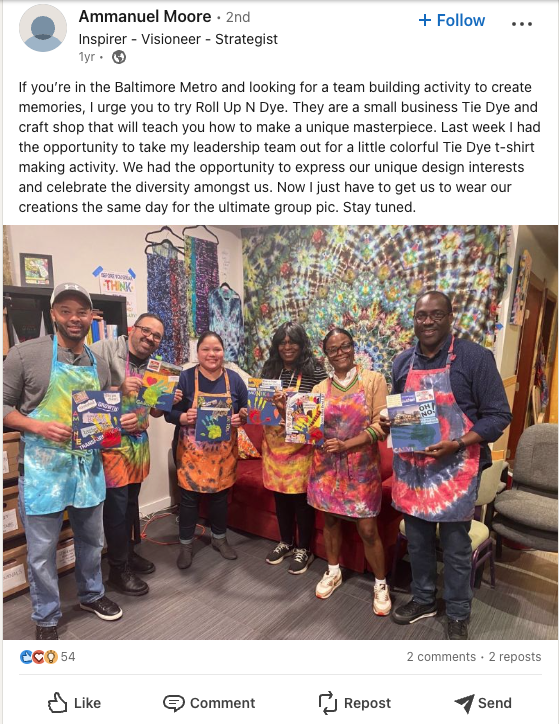How to Market Art Classes to Fill Every Seat: New Data on Scheduling and Promotion
Leave a CommentArts education is a huge opportunity. Art classes top the list of the most popular afterschool enrichment activities for kids. More adults are getting creative, too, with some even funding their arts classes with employee stipends. Nonprofit arts organizations that can meet their communities’ needs for arts education are well-positioned for growth.
But why do some arts classes fill up with minutes of opening registration, while others struggle with low enrollment? Why do some classes have waitlists a mile long but other classes have to be canceled? What do arts organizations offering the most popular classes know that others don’t?
CourseStorm has some answers. With more than 250 customers in the arts, from youth orchestras to community theatres and arts centers, we have access to more than a decade’s worth of data from 1+ million class registrations. The data reveal patterns and insights about the best times to schedule arts classes, when and where to promote your classes, and how to market art classes to specific audiences. Read on to find out more!
Download our State of the Arts Report (SOAR) for insights and strategies to help any arts education program thrive.
How to Promote Art Classes: Schedule Them at the Best Times
According to CourseStorm’s exclusive customer registration data, Monday is the most popular day for arts classes. The next most popular day is Saturday. We recommend organizations avoid scheduling arts classes on Fridays, since it is only about half as popular as other weekdays.

Of course, you’ll need to consider your own customers to decide if these are the best days to offer arts classes in your community. If you have lots of young families in your area, afterschool classes scheduled around the academic calendar may be your best bet. If you cater to retirees, weekdays may be a good time to offer arts classes that fill up consistently.
For more on this topic, check out our related post and download our customizable course scheduling survey template.
Speaking of times, you’ll want to consider time of day as well as day of the week when scheduling your arts classes. Our data show that evening classes are the most popular overall. More than a third of arts-related classes offered by CourseStorm customers start between 4pm and 6pm. On Saturdays, classes that start at 9am or 10am have up to 3x the registrants of other class times.
Open Class Registration Far Enough in Advance
Speaking of scheduling, it’s important to consider when to open registration for your arts classes. Too far in advance and people may put it off and forget to enroll. Too close to the class start date and people’s calendars may be filled already.
According to our data, there’s a big difference in enrollment trends between youth art classes offered during the school year and those offered during the summer. It makes sense – for many arts organizations, summer camps are by far their most popular programs. When school’s out, parents want their kids engaged in enriching activities and kids have more time to explore non-academic interests. Summer camps tend to fill up fast – sometimes within minutes of opening registration!
Among CourseStorm customers, people register an average of 71 days – 2+ months – before a summer arts camp or class.
For arts classes that run during the school year, people register an average of 28 days before the class. For a summer arts camp or class, you’ll want to open enrollment even earlier. Customers register an average of 71 days – 2+ months – before arts programs offered during the summer.
Spread the Word About Your Arts Classes
But what if you are scheduling your classes on the most popular days, opening registration well in advance, and your classes are still not filling up? The problem may be that people just don’t know about them. So how do you get the word out about your arts classes?
Social media is one of the top two most effective digital marketing channels. Facebook, specifically, is the most popular social platform for marketing arts classes. Among CourseStorm customers, 56% of visitors to their class websites come from Facebook.
Our data show that email is the #1 best way to get visitors to your website. Of course, you have to capture people’s email addresses first. A great way to do that is by offering self-serve waitlists for your classes.
To simplify your course communications, download our complete package of email templates.
Let’s say someone searches “pottery classes near me” and finds your website. They are delighted to see that you offer an Intro to Handbuilding class but, alas, it’s already full. Conveniently, there’s a button to click to add themselves to a waitlist. They happily enter their email to be notified if a spot opens up in the class. Of course, you can always say “Call or email to be added to a waitlist.” But that’s an extra step many people may not take.
Once you have students or prospective students’ email addresses, you can send them suggestions for other classes they might be interested in. Pro tip: Make sure they can unsubscribe if they choose to. Customer experience best practices allow users to decide whether and how they wish to be contacted.
Promote Your Arts Classes by Targeting Them to Specific Audiences
While your organization’s mission may be “arts for all,” all classes are not meant for all people. It makes sense to break up your classes by age, but you can get even more specific than that. Here are some ideas that CourseStorm customers have found to be popular with learners:
Family classes. When kids bring a parent, grandparent, or other adult in their life to a class, it’s twice the fun – and two registrations compared to one. Multigenerational classes are a powerful way to bring together people of all ages and expand the reach of your educational program. Here are some ideas to make your existing classes family-friendly.
Couples and friends. Speaking of two registrations vs. one, couples classes are a popular offering for many arts organizations. From paint-and-sip classes to pottery, art classes make for a fun date night, parent’s night out, or friends’ activity. And couples classes make great gifts, too.
Working professionals. Don’t think of your classes as strictly after-hours leisure pursuits. In fact, recognizing the need for lifelong learning and managing mental health, a growing number of employers are offering employee stipends that cover arts classes. Your classes also might make great corporate team building activities for local businesses.
Special populations. Arts organizations across the U.S. offer classes in theater, music, and art-making for veterans to foster connection and self-expression. For ideas for your own classes, check out these creative art for veterans offerings. Many arts organizations are also finding success with creative aging programs geared toward older adults.
Rebuild or Grow Your Arts Education Program with CourseStorm!
While many arts organizations struggled or closed during the pandemic, those with education programs like CourseStorm customers survived and are still growing. To share the secrets of their success, we published the 2024 State of the Arts Report (SOAR).
This report is for anyone offering noncredit, open-enrollment enrichment classes in the visual or performing arts, or any programs offering similar classes outside of the arts that want to learn from their peers. It’s especially geared toward nonprofit arts and culture organizations that want to make data-informed decisions about:
- How to save time and be more efficient
- How to make their programs more cost-effective and profitable
- How to reach more people and grow enrollments
Whether you’re building your arts education program or have more enrollments than you can manage, SOAR can help you navigate your challenges and thrive going forward.
Download the report today and SOAR in 2024!







